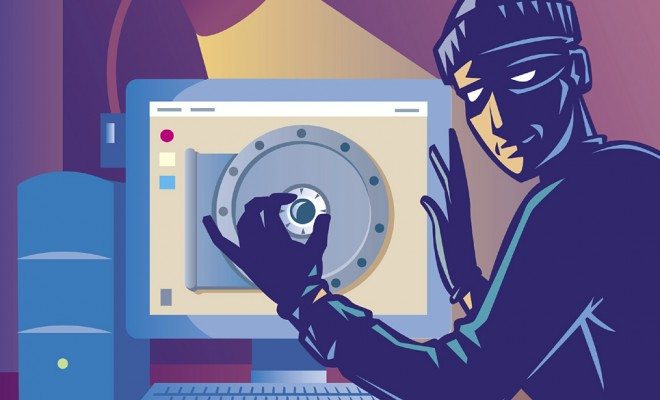
Blogs
Is America Ready to Fight Cybercrime?
In the 21st century, many people do not consider how vulnerable their high-tech gadgets are to outside hackers. Information can be stolen at the swipe of a password, and it will take some time before you notice anything is wrong. The same can be said for governments fighting to stay on top of the latest technologies — especially the type that can help defend them against various enemies. These enemies, however, are no longer those we traditionally think of (‘evil’ governments and terrorists), at least not for our elected officials. In fact, the challenge of our time according to many top feds and military officers, is defending against cybercrime.
Following the hacking onslaught against retail giant Target, the Federal Bureau of Investigation (FBI) warned that more attacks are on the way, considering the attraction for additional cyber criminals to score easy money off of unsuspecting businesses. According to a paper released by the Ponemon Institute in 2012, cybercrimes cost businesses at least $8.9 million annually , and if they do not modernize security practices soon, hackers may get away with a lot more than just someone’s credit card information.
The National Institute of Standards and Technology (NIST), a federal technology agency, released a 39-page report on Wednesday to set industry standards implementing adequate protections so that businesses do not continue to get hit with hacking attacks from all over the globe. The report itself focuses on three main points:
- Framework Core: “A set of cybersecurity activities, desired outcomes, and applicable references that are common across critical infrastructure sectors…that allows for communication of cybersecurity activities and outcomes across the organization from the executive level to the implementation/operations level.”
- Framework Implementation Tiers: “Provide context on how an organization views cybersecurity risk and the processes in place to manage that risk. Tiers describe the degree to which a organization’s cybersecurity risk management practices exhibit the characteristics defined in the framework.”
- Framework Profile: “The alignment of standards, guidelines, and practices to the Framework Core in a particular implementation scenario. Profiles can be used to identify opportunities for improving cybersecurity.”
Even though the goals are well-intentioned, the fact the report comes out of an executive order from the President could throw a wrench into the implementation within Congress, as the members are already at odds as to whether or not the President should have more freedom interpreting legislation. However, there may still be a shot at cooperation between the two branches on this front, as business executives continue to pressure lawmakers at cybercrime hearings.
And they may not have a choice but to work together, as Joint Chiefs of Staff Chairman Martin Dempsey explained at a speech in June 2013 that “strengthening our cyber defenses on military systems is critically important, but it’s not enough in order to defend the nation.” Citing an investment of $23 billion into cyberdefense, four thousand new Cyber Command recruits, and three new teams focusing on defense of the nation, battlefield commands, and global military networks, Chairman Dempsey indicated that the United States is mounting intimidating offenses but that the country has a lot of catching up to do. In another hearing in February 2012, Senator Lindsey Graham inquired of Dempsey about cyberattack threats from China, often an alleged source of hacking. In response, the Joint Chiefs Chairman replied that China’s hacking seems to target intellectual property and trade secrets more than anything else, but if they were to attack the United States’ infrastructure, they should expect a similar response.
As major nations all around the globe come to grips over the rising tide of cybercrime, the United States is most certainly ramping up its defenses. While military leaders warn that what we have in store is not enough, federal officials continue to release new indicators that they’re serious about tackling the issue. Despite all of the rhetoric, business leaders in the nation continue to experience cyber crimes, having their secrets stolen and clientele information hacked. There is still a lot of work to be done if the United States is going to be ready for a future of relentless cybercrime.
—
Dennis Futoryan (@dfutoryan) is an undergrad with an eye on a bright future in the federal government. Living in New York, he seeks to understand how to solve the problematic issues plaguing Gothamites, as well as educating the youngest generations on the most important issues of the day.
Featured image courtesy of [elhombredenegro via Flickr]








Comments